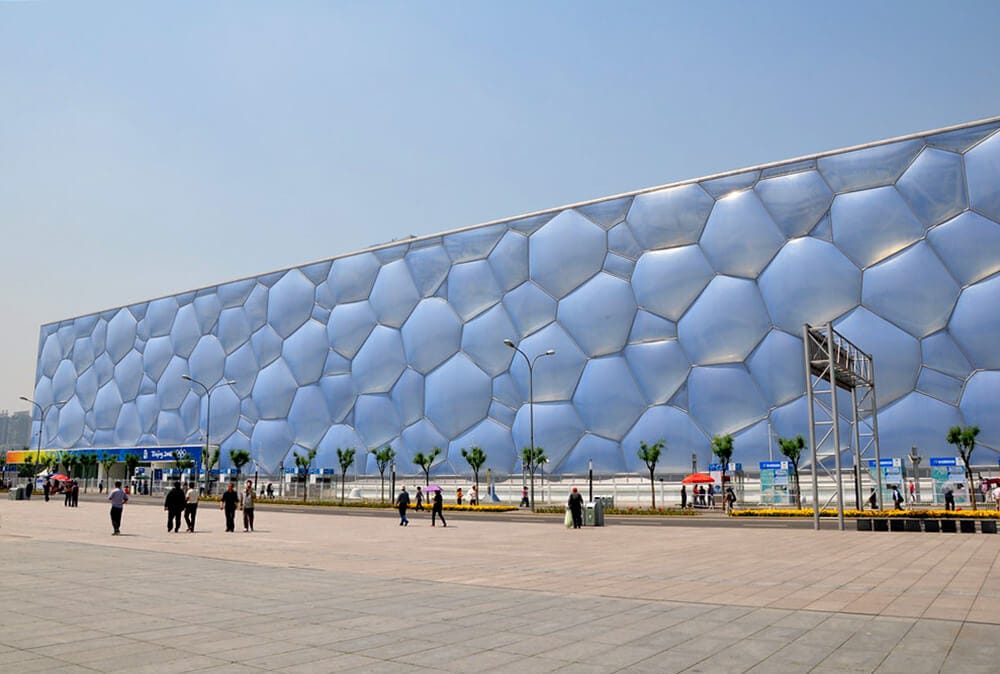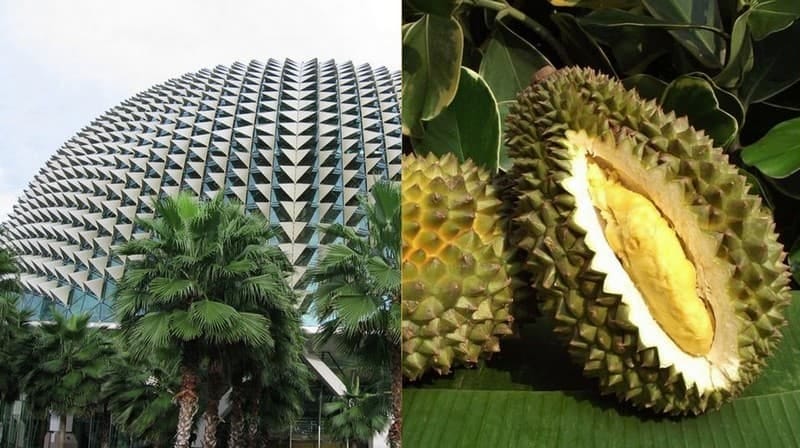#1 Your Daily-ish Knowledge Dose
Hi everyone!
I've always found joy in learning or thinking about at least one new thing each day.
It's a small but happy habit that keeps my curiosity alive and my mind engaged. That's why I started a new section to the blog: "Your Daily-ish Knowledge Dose."
In this space, I'll be sharing ideas, and tidbits that spark thought and inspire deeper understanding.
I hope these daily doses of knowledge will enrich your day just as much as they do mine.
And if there's something you're curious about or a topic you'd love to dive into, feel free to share your thoughts—let’s explore together!
Biomimetic Architecture
Imagine a skyscraper that regulates its temperature like a termite mound, or a stadium roof that opens and closes like a flower.
Welcome to the world of biomimetic architecture, where buildings don't just occupy nature—they emulate it.
What is Biomimetic Architecture?
Biomimetic architecture takes inspiration from nature's time-tested patterns and strategies to create buildings that are more efficient, sustainable, and in harmony with the environment. It's not about making buildings look like natural objects, but rather about applying nature's solutions to human design challenges.
Principles of Biomimetic Architecture
Energy Efficiency: Like a leaf optimizing sunlight, buildings can be designed to maximize natural light and minimize energy use.
Water Management: Inspired by how cacti collect and distribute water, buildings can better harvest and conserve this precious resource.
Structural Integrity: The strength of an egg or the flexibility of a blade of grass inform resilient building structures.
Climate Adaptation: Buildings that respond to environmental changes, much like a pine cone opening and closing with humidity levels.
Real-World Examples
Eastgate Centre, Harare, Zimbabwe
Inspired by: African termite mounds
Feature: Self-cooling system
The building uses a passive cooling system similar to how termites regulate temperature in their mounds, reducing energy consumption by 90% compared to conventional buildings of the same size.

image by Amusement Logic
Beijing National Aquatics Center (Water Cube)
Inspired by: Soap bubbles
Feature: Energy-efficient structure
The building's bubble-like structure, based on natural formation of soap bubbles, allows maximum daylight and reduces energy costs for heating the pool by 30%.

image credit: Rethinking the Future
Esplanade Theater, Singapore
Inspired by: Durian fruit
Feature: Adjustable shading system
The theater's spiky exterior resembles the durian fruit and functions as an adjustable shading system, regulating light and heat.

image by Parametric House
Beyond Aesthetics: The Impact
Biomimetic architecture isn't just about creating visually striking buildings. It offers tangible benefits:
Sustainability: Reduced energy consumption and carbon footprint.
Resilience: Structures better adapted to withstand environmental stresses.
Efficiency: Optimized use of resources like water and sunlight.
Human Wellbeing: Creating spaces more in tune with our innate connection to nature.
Challenges on the Horizon
While promising, biomimetic architecture faces hurdles:
Cost: Initial implementation can be expensive.
Complexity: Mimicking nature's intricate systems is no small feat.
Regulation: Building codes may need updating to accommodate innovative designs.
Maintenance: Some biomimetic features may require specialized upkeep.
The Future is Natural?
As we face growing environmental challenges, biomimetic architecture offers a path to create buildings that don't just coexist with nature, but actively contribute to ecosystem health. From self-cleaning facades inspired by lotus leaves to buildings that capture carbon like trees, the possibilities are as vast as nature itself.
Food for Thought
As biomimetic architecture reshapes our skylines and cityscapes, it prompts us to reconsider our relationship with the built environment:
How might living in biomimetic buildings change our day-to-day experiences?
Could this approach to architecture foster a greater connection to and appreciation of nature?
What other fields could benefit from applying biomimetic principles?
What natural phenomenon would you like to see translated into architecture?
Share your ideas below and let's dream up the cities of tomorrow, inspired by the wisdom of nature!
Thanks :)
Enjoying my writing? Wanna join me on the road and support my work?
Wanna read more?
Stay tuned for the next blog post coming!
Until then, take care!




Great post! When you were describing the biometric architecture in different ways I was also imagining in my head what that might look like. I wonder if could be a good excuse to use AI generated imagery to generate visualisations for those? 🙂